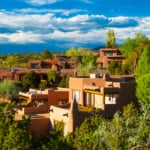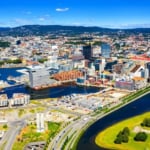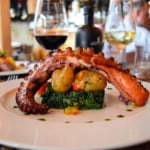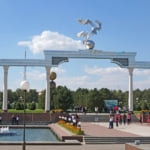Name: Medina of Fez
Address: Central Fez, Fes 30000, Morocco
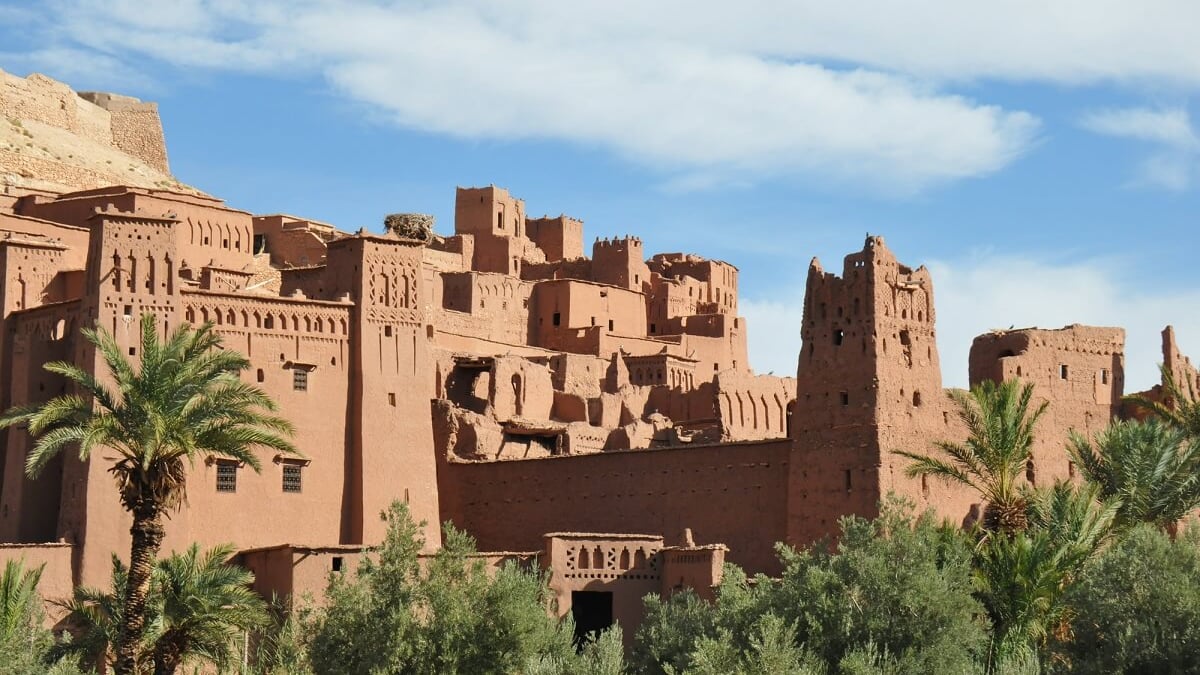
Morocco’s World Heritage: Introducing All 9 Enchanting Sites!
Located at the northwestern tip of North Africa, the Kingdom of Morocco has long prospered as a crossroads of trade linking Africa, Europe, and the Arab world. Its long history has mixed various cultures together, creating uniquely exotic and beautiful landscapes.
In this article, we introduce all 9 of Morocco’s World Heritage Sites.
table of contents
[x] close
Morocco’s World Heritage: Introducing All 9 Enchanting Sites!
- 1. Medina of Fez
- 2. Medina of Marrakesh
- 3. Ksar of Ait-Ben-Haddou
- 4. Historic City of Meknes
- 5. Archaeological Site of Volubilis
- 6. Medina of Tétouan (formerly known as Titawin)
- 7. Medina of Essaouira
- 8. Portuguese City of Mazagan (El Jadida)
- 9. Rabat: Modern Capital and Historic City – A Shared Heritage
- ◎ Summary of the Kingdom of Morocco’s World Heritage
1. Medina of Fez
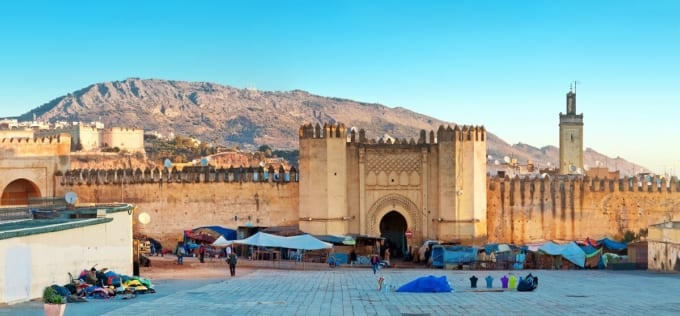
In 1981, the Medina of Fez became the first site in Morocco to be registered as a World Heritage Site. Once the capital of many Islamic dynasties and an important center for Saharan trade—where merchants and pilgrims once thrived—the city still holds a special place for the people of Morocco even though it is no longer the capital.
Within its 2.2 km x 1.2 km walled area lie narrow, winding alleyways that form a labyrinth reputed to number over 1,000; it is no wonder that it is considered one of the world's most maze-like cities. With many stairs and steep slopes making visibility poor, even a map won’t help if you get lost.
Because the streets are so narrow, goods are still transported by donkey, camel, or by human power. With no modern buildings in sight, the atmosphere is that of a medieval Islamic city—with mosques, hammams (public baths), and various shops—that makes you feel as though you have stepped back in time.
When you visit Morocco, why not get lost in the labyrinth of the Medina of Fez?
2. Medina of Marrakesh
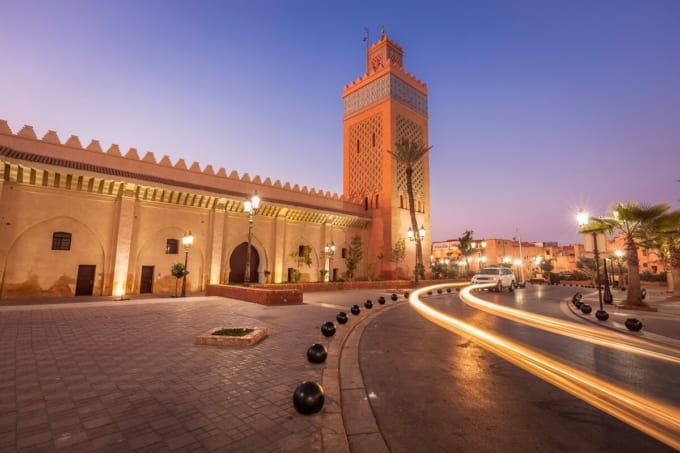
Located almost in the center of Morocco, Marrakesh, the fourth largest city in Morocco, was registered as a UNESCO World Cultural Heritage site in 1985. In Berber, Marrakesh means “Land of God” and it is also known as the “Red City” because of its striking orange walls and buildings.
One of the most famous sites in Marrakesh is Jemaa el-Fnaa Square, a 400-meter-square plaza that has long played a pivotal role in cultural exchange.
By day, the square is bustling with street performers and children running about, but by evening people gather from everywhere and temporary tents form into a vibrant market. As the night deepens, the market comes alive with energy, making you feel as if you have entered a grand festival.
Exotic Moroccan goods such as handicrafts and rugs are available here, accompanied by irresistible food aromas that conjure an otherworldly atmosphere unlike anything you can experience in tour country. Immerse yourself in the ambiance that Marrakesh exudes.
Name: Medina of Marrakesh
Address: Marrakesh, Morocco
Official/Related Website URL: http://www.morocco-emba.jp/aboutmorocco/city_marrakesh.html#img/marrakesh/marrakesh1.jpg
3. Ksar of Ait-Ben-Haddou
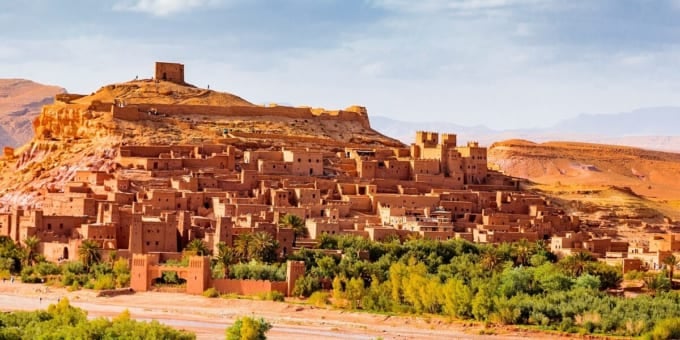
The Ksar of Ait-Ben-Haddou is located in the foothills of the Atlas Mountains near the city of Ouarzazate in central Morocco. It is an example of ksar architecture, a fortified village built of adobe bricks (known as “kasbahs”) that once dotted the surrounding region. Among the many kasbahs that were built in the area, the most prominent was constructed by the Haddou people about 500 years ago.
Designed with a fortress structure to protect the isolated settlement from bandits, there is only one entrance to the village. The passage is a maze-like corridor, and the external walls are lined with loopholes (small openings for firearms). At the top, a granary once stored food for defending residents.
The view of this isolated village set against the rugged mountain landscape is striking and dramatic, giving you the feeling of stepping into a movie. Many films, including "Gladiator" and "Hannibal," have used Ait-Ben-Haddou as a filming location. Before you leave, watching films shot here can enhance your experience of Morocco even further.
Name: Ksar of Ait-Ben-Haddou
Address: Ait Ben Haddou, Morocco
4. Historic City of Meknes
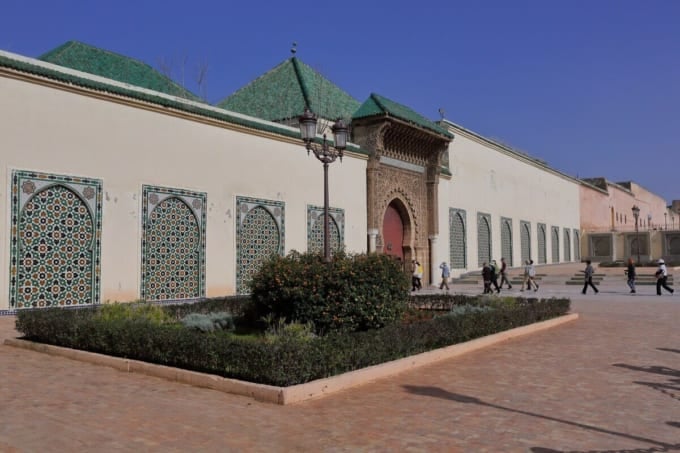
Located 130 km east of Rabat, Morocco’s capital, and 60 km west of Fez, the ancient city of Meknes was originally built in the 11th century as a military post of the Almoravid dynasty. Later, from 1675 to 1728, it was transformed into the royal capital by Moulay Ismail of the Alaouite dynasty, creating a magnificent metropolis. Sadly, Moulay Ismail died before the city was completely finished, yet Meknes still preserves a 17th-century atmosphere where Islamic and European styles harmoniously combine.
Notable sights include the mausoleum of Moulay Ismail and the Bab Mansour gate located at the city entrance—both considered masterpieces of Islamic architecture. The mosaic work and stucco carvings are breathtakingly beautiful, and Bab Mansour is often hailed as the most beautiful gate in Morocco.
Meknes can even be visited as a day trip by train from Fez, making it an ideal opportunity to admire the finest examples of Islamic architecture.
Name: Historic City of Meknes
Address: Meknes, Morocco
5. Archaeological Site of Volubilis
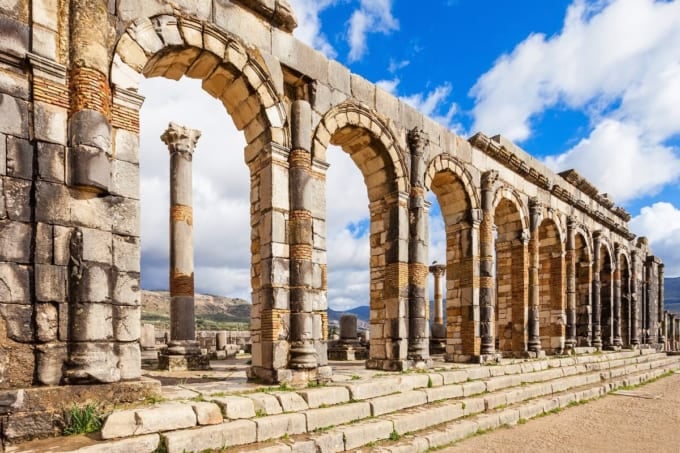
The ancient Roman ruins of Volubilis in Morocco are said to be the best-preserved among North African Roman sites.
At the time when the Roman Empire’s power extended to the area that is now Morocco, Volubilis was one of the westernmost and most important cities in the empire. The town was established around the 3rd century BC, and after AD 40, it became part of the Roman province, flourishing as a commercial center through trade in oil and other goods.
Within the ruins, you can see well-preserved exterior walls, columns, beautiful mosaic floors, and monumental structures such as the triumphal arch of Emperor Caracalla, a public bath, and the Temple of Jupiter. These remains offer a glimpse of the grandeur of Volubilis during its peak. The name “Volubilis” in Berber means a type of plant, suggesting that the area once bloomed with flowers.
Imagine Morocco during the Roman Empire and let the ancient romance of this era captivate you!
Name: Archaeological Site of Volubilis
Address: Route de Volubilis
6. Medina of Tétouan (formerly known as Titawin)
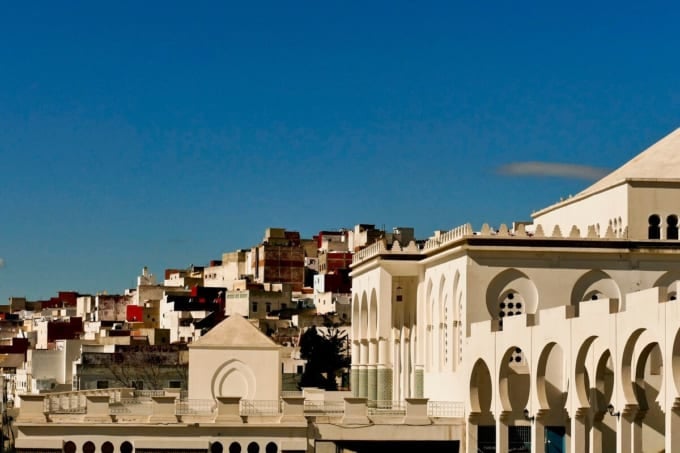
Tétouan is located in northern Morocco, about 40 km from the Strait of Gibraltar that separates Morocco from Spain, sprawling along the slopes of the Rif Mountains. Also known as the “White City,” most of the buildings in Tétouan are painted white, and the stunning view of the white buildings sprawling down the mountainside has become its trademark.
The old town features low-rise white residences assembled into a unique landscape, which was registered as a World Heritage Site in 1997. Like other Moroccan medinas, its narrow, labyrinth-like streets wind unpredictably. In some areas, the white walls are accented with bursts of color, and simply walking through the medina, you can be delighted by the sight of these vibrantly painted walls and buildings.
Name: Medina of Tétouan (Medina of Tétouan / formerly known as Titawin)
Address: Tétouan, Morocco
7. Medina of Essaouira
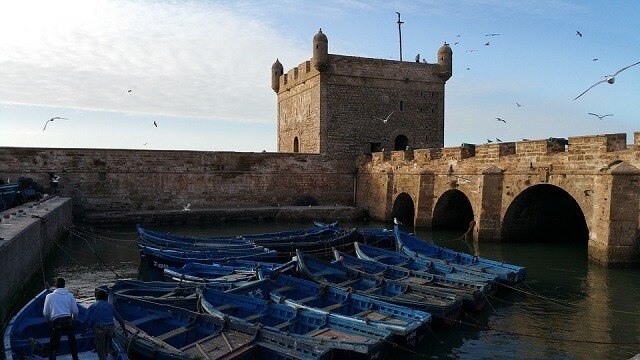
Essaouira is located almost in the center of Morocco along the Atlantic coast west of Marrakesh. Designed in the 17th century by a French architect as a fortified city in European architectural style, the medina of Essaouira is surrounded by walls. In this medina, Western-style buildings, mosques built in the North African Arab style, and houses constructed in the casbah style—a type of West African fortress architecture—mix to create an exotic atmosphere.
Essaouira enjoys pleasant weather year-round, and the contrast of the blue sea and sky against the white buildings is stunning. Known as a honeymoon destination among Moroccans, Essaouira is less overdeveloped than other major cities like Fez or Marrakesh, making it a more comfortable place to visit.
Name: Medina of Essaouira (Medina of Essaouira / formerly Mogador)
Address: Essaouira, Morocco
8. Portuguese City of Mazagan (El Jadida)
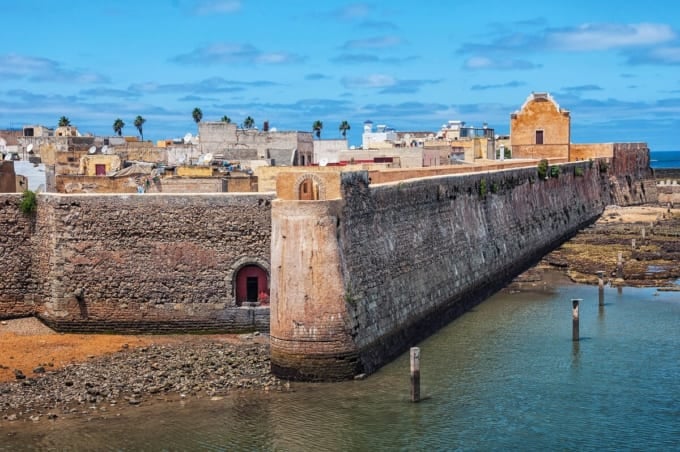
El Jadida is a port city in western Morocco. Occupied by the Portuguese from the early 16th century, it developed as the Portuguese colony of Mazagan. The old medina, built by the Portuguese, displays a blend of European and Moroccan cultural influences. Its scenery, which earned it a place on the World Cultural Heritage list in 2004, is marked by the entire city being enclosed by thick walls. At that time, it served as a crucial transit point in the India trade.
For about 200 years, Mazagan was under Portuguese control until the Portuguese were expelled by the Moroccans in 1796, and in 1832 the city was renamed from Mazagan to El Jadida.
Later, in the latter half of the 19th century, Jewish settlers arrived, and at the beginning of the 20th century, it came under French protection. The mingling of these diverse cultures gave rise to the exotic scenery of modern El Jadida, now a popular resort destination.
Name: Portuguese City of Mazagan (El Jadida)
Address: El Jadida, Morocco
9. Rabat: Modern Capital and Historic City – A Shared Heritage
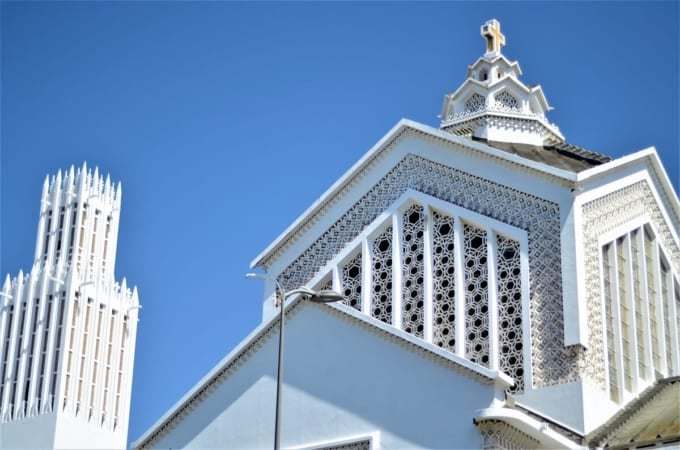
Rabat is located in central-west Morocco and is the country's capital. Despite being the capital of the Kingdom of Morocco, Rabat is smaller and more tranquil compared to the bustling metropolis of Casablanca.
The center of Rabat is a fortified citadel; both the old medina and the new city have been registered as World Heritage Sites—a rare example in Morocco. The northern old medina was built during the 12th century under the Almohad dynasty and exudes an Arabian atmosphere with a bustling array of shops and local life.
In contrast, the new part of the city was built by the French in the early 20th century, showcasing modern European architectural styles.
Along the streets, you will find chic cafés and restaurants that may make you momentarily forget you are in Morocco. When traveling in Morocco, be sure to visit Rabat to witness the splendid fusion of Islamic culture and European urban style.
Name: Rabat: Modern Capital and Historic City – A Shared Heritage
Address: Rabat, Morocco
◎ Summary of the Kingdom of Morocco’s World Heritage
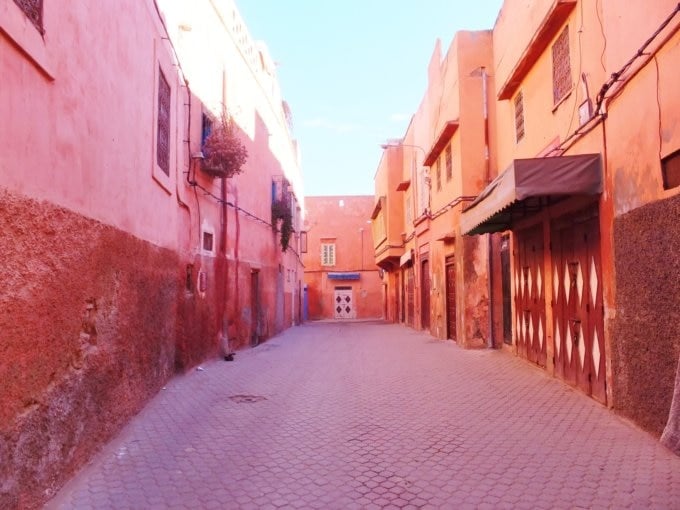
We have introduced all 9 of the Kingdom of Morocco’s World Heritage Sites. Each of these exotic cities—shaped by Morocco’s long and complex history—exudes a powerful charm. From maze-like medinas and the fusion of Islamic and European architectural styles to ancient Roman ruins, Morocco offers endless fascination.
Why not choose Morocco as your next travel destination and experience an otherworldly atmosphere as if you’ve stepped into a movie? It is sure to captivate the hearts of travelers!
RELATED ARTICLES
REGIONS
CATEGORIES
FEATURED ON Guide
-
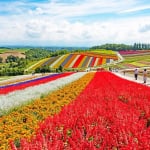
Where will you go for the summer vacation? Introducing recommended spots for domestic travel
-
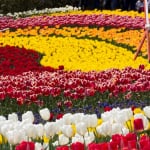
Kaizu City’s Recommended 7 Tourist Spots. Enjoy the Culture and History Nurtured by Wajū!
-
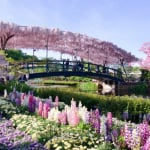
What Makes Ashikaga Flower Park So Special? A Treasure Trove of Photo-Worthy Spots!
-

600 Years of Radiant Tradition: Korea’s Historic Villages of Hahoe and Yangdong
-

Two-Colored Seas and a Pink Beach! 4 Must-Visit Spots in North Eleuthera
MOST POPULAR ON Guide
-
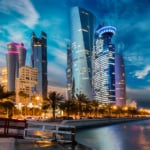 1
1Doha: Must-see Attractions in the Capital of Qatar
-
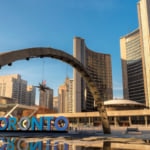 2
2Toronto: 10 Things to do in this Picturesque Canadian City
-
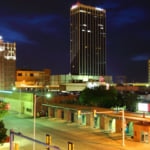 3
3Amarillo: A City Famous for It’s Amazing Canyons, Great History and Music
-
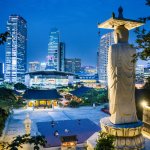 4
4South Korea: Dazzling Scenery, Rich Culture and Fascinating History
-
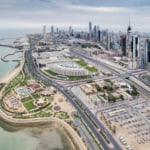 5
5Kuwait: A Country in Middle East Asia Famous for Hot Sand Dunes and Stunning Cityscape

